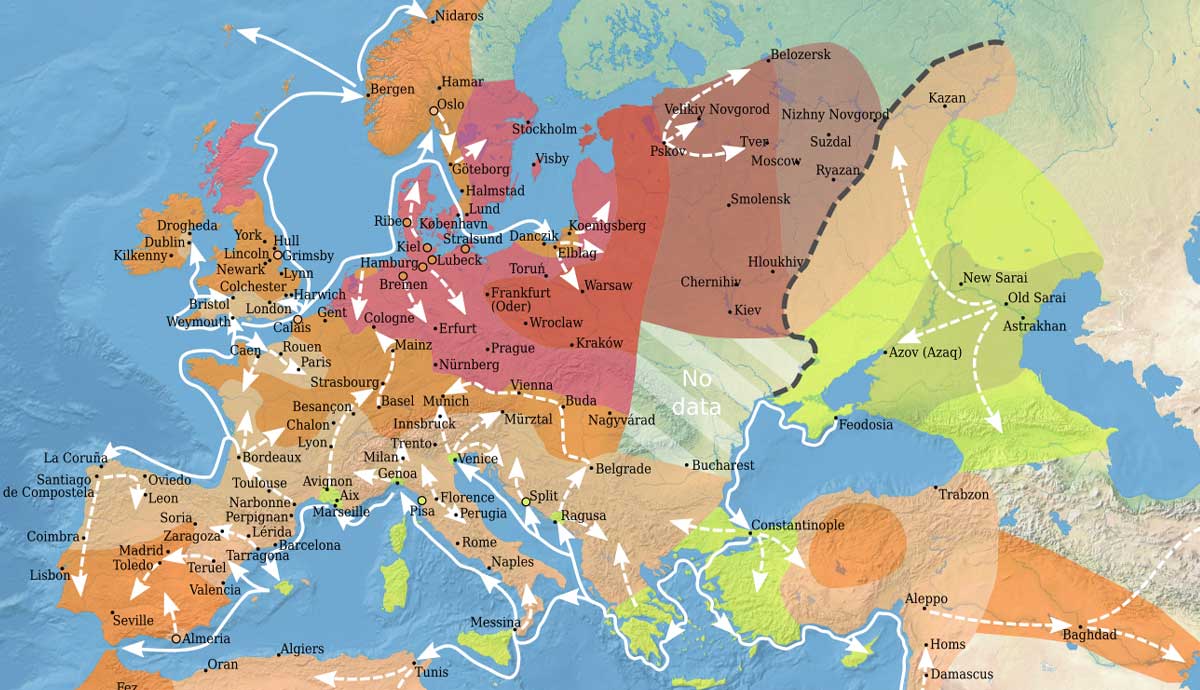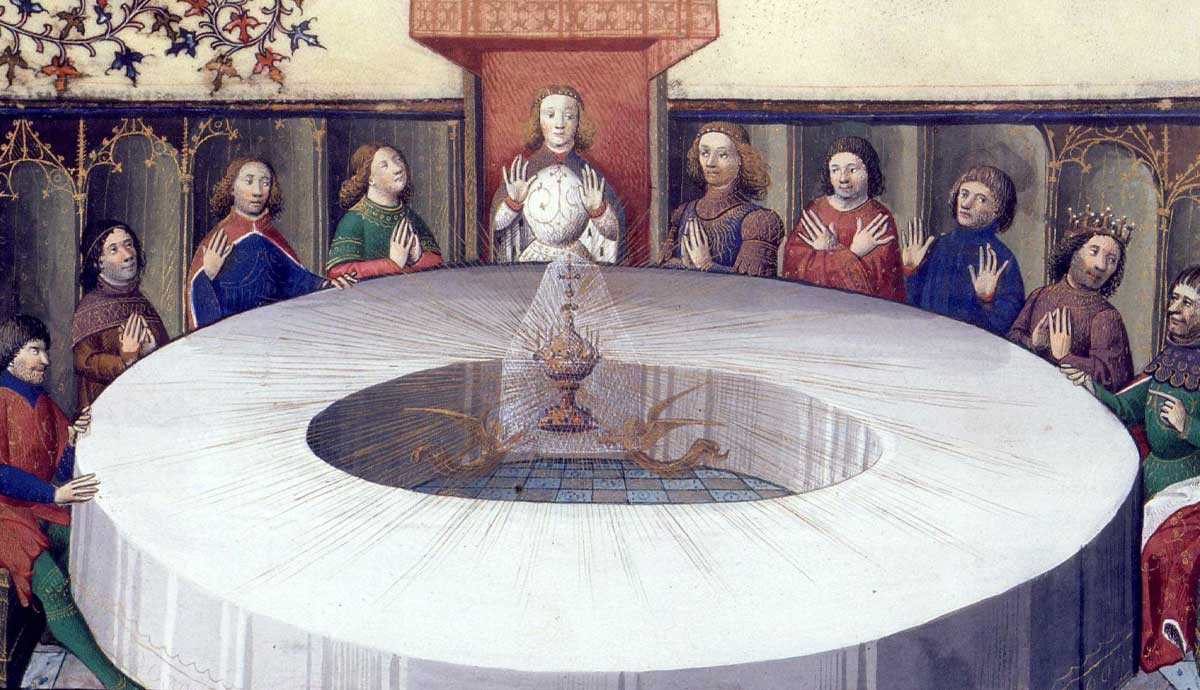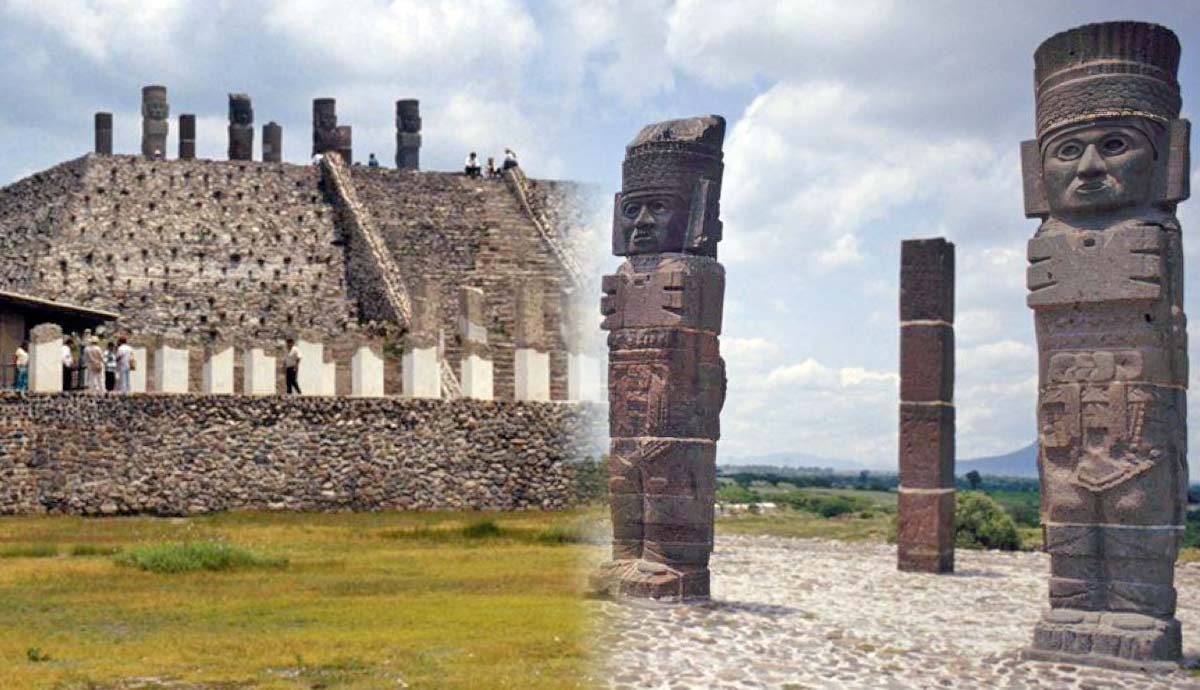
Humans’ age-old desire to tell time has helped propel the rise of more advanced time-telling tools. The need to track the different parts of the day and night led people in ancient civilizations, such as those in Greece and Egypt, to develop water clocks, sundials, and other early time-telling instruments. By the 13th century, the growing need for more accurate time-telling instruments compelled innovative craftsmen to develop the gear clock.
What Were the Earliest Timekeeping Devices?

The earliest time-telling instruments can be traced to ancient Mesopotamia and Egypt, and they included sundials. Sundials relied on a pointer that cast a shadow on the ground indicating the hour. At the time, the tool allowed people to track time with reasonable accuracy. The first sundial artefact dates back to around 1500 BCE and was referred to as the Egyptian shadow clock. The tool used the sun’s path across the sky to indicate the hour. A bar was set to the west in the morning so as to cast a shadow to the east. The pointer helped to indicate time using marked hour lines.
At night, the Egyptians used a tool called a merkhet. The tool had two rods with one of them lined up with the Pole star to determine the meridian. By tracking the stars’ movement, the merkhet helped them to determine the time of the night as certain stars crossed the meridian.
How Were Water Clocks Used to Tell Time Before the Modern Clock?

A water clock is a category of clocks that uses water as a means to track time. There are mainly two types of water clocks – inflow and outflow water clocks. Inflow water clocks work by slowly taking in water from a container or a source. Outflow water clocks, on the other hand, work by letting water move slowly from a container into another container which can be connected to a water wheel that then turns a mechanical clock.

These types of clocks have been used in the past. The oldest documented water clock was placed in the grave of Amenhotep I, the second Pharaoh of the 18th Dynasty of Egypt, around 1500 BC. By about 325 BC, the Greeks had started to use the devices to track time. They called them clepsydras, which roughly translated to water stealer.
The clocks were often used in courts to limit how long a person could speak. They were also helpful when it came to telling time after dark. Time was determined by checking the water levels inside the central container. Despite their usefulness, water clocks did have some issues. For example, they wouldn’t work in freezing weather. Even with these issues, water clocks remained a common and trusted method of tracking time until mechanical clocks were invented.
What Are Chiming Clocks and How Were They Used to Tell Time Before the Modern Clock?

The earliest chiming clock, a timepiece that sounds a bell once every hour, was created in China around 100 AD. The clocks had spread across Europe by 1100 AD. Many of the early bell clock towers that used the system are still standing today. The clocks were developed in medieval Europe and were used to indicate the proper time to ring the monastery bells. They were regulated by a verge and foliot system weight-system that combined earlier concepts from Islamic and European systems.

From the 17th century, there was a major advancement in clock making following the discovery that clocks could be controlled by steady motion pendulum systems. Some of the issues that affected the reliability of early pendulum clocks included temperature changes, a problem that was solved by the English clock makers who included George Graham and John Harrison in the 18th century. As the technology evolved, the electric clock, first built in 1840 by Scottish clock-maker Alexander Bain, was used to power more precise pendulum clocks.
The wristwatch, also known as a trench watch, powered by a wound mainspring, became an essential instrument during the Boer War and World War I.
How Do Modern Digital and Mechanical Clocks Work?

Today, timekeeping devices are exceedingly accurate due to the perfection of tracking mechanisms over the years. Almost every PC and mobile phone, for example, has a digital clock that displays time. Many of them are powered by a battery or electricity. Additionally, time signals sent from Global Positioning System satellites help to align the time displayed on the gadgets.










